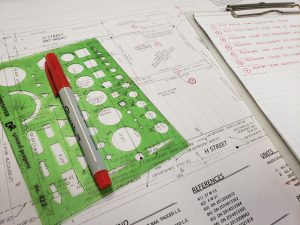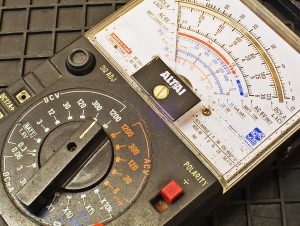If solar panels are the muscles and the inverter is the heart, then wiring is the circulatory system. Get it right, and your system hums along without complaint. Get it wrong, and you’re looking at voltage drops, blown fuses, or worse—a trailer that smells suspiciously like toasted plastic.
Why Wiring Matters
Every amp of power has to move through copper (or aluminum, but let’s not go there). The thickness of the wire determines how much current it can carry without overheating, and the length of the run determines how much voltage you’ll lose along the way. Pick wire that’s too thin, and it turns into a space heater instead of a conductor. Oversize it, and your wallet takes the hit, but your system runs cooler and more efficiently.
Sizing Wire for Modular Systems
The golden rule: amps × distance = wire gauge.
-
Low-voltage DC (12V, 24V, 48V): These runs are the most sensitive to voltage drop. Keep wires as short as possible, and go thicker than you think. A 100-amp run over 10 feet needs something beefy like 2/0 AWG (that’s battery cable territory).
-
Solar panel strings: Because panels often sit 10–20 feet from the charge controller, watch both voltage and current. Panels wired in series send higher voltage but lower current—meaning you can use thinner wire. Panels in parallel increase amps, which require thicker wires.
-
Rule of thumb: Design for no more than 3–5% voltage drop. There are online calculators (and smartphone apps) to save you from doing math in the field.
Connectors You’ll Actually Use
-
MC4 Connectors: Standard for solar panels. They click together with a satisfying snap, are weatherproof, and make wiring easy. Just make sure you crimp them correctly.
-
Ring Terminals & Lugs: For battery and inverter connections. These handle high current and need to be crimped (and ideally heat-shrunk) for a secure fit.
-
Anderson Connectors: Handy for portable panels or quick-disconnect setups. Rugged, polarized, and user-friendly.
-
Fuse Blocks & Breakers: Don’t skip them. They protect your wiring from short circuits and overloads. Think of them as sacrificial heroes.
Protecting Your Wiring
Running wires through a trailer isn’t just “get from point A to B.” Every hole, edge, or moving part is a chance for insulation to wear down and cause a short. Use conduit, split loom, or grommets wherever wires pass through metal or wood. Bundle wires neatly with zip ties or clamps to keep them from rattling. A tidy install isn’t just pretty—it’s safer and easier to troubleshoot later.
All-in-One Systems
If you’re using an all-in-one power station, your wiring life is easier. Most of the scary stuff is already handled internally. You’ll mainly be dealing with:
-
Solar panel inputs (MC4 or proprietary connectors).
-
Expansion battery cables (if supported).
-
Optional DC/AC outputs if you’re wiring directly into your trailer circuits.
Even here, cable length and thickness still matter. If the manual says “use 10 AWG for solar input,” don’t try to cheap out with lamp cord.
Fusing & Overcurrent Protection
Every positive wire that leaves your battery should have a fuse or breaker rated slightly above the maximum expected current. The fuse protects the wire, not the device. Put it within 7–12 inches of the battery terminal.
For solar arrays, use inline fuses if panels are in parallel. For inverters, use ANL fuses or heavy-duty breakers sized to the inverter’s draw.
Practical Tips
-
Invest in a hydraulic crimper for battery lugs. Hammer crimpers work in a pinch, but clean crimps prevent headaches.
-
Label your wires. “That red one” isn’t going to help six months from now.
-
Keep spares: fuses, connectors, and some extra cable.
-
Voltage drop is sneaky—if your fridge cuts out early or lights dim, suspect undersized wiring.
Wrapping It Up
Wiring may not be the most glamorous part of your build, but it’s the glue holding everything together. Good wiring disappears—you never think about it. Bad wiring announces itself loudly, usually with heat, sparks, or mystery system failures. Take the time to size wires properly, protect them, and fuse everything. Your future self will thank you.
Your Turn
-
Have you ever undersized a wire and discovered it the hard way?
-
Do you prefer neat, perfectly routed wiring—or are you more of a “function over form” type?
-
What’s your go-to method for crimping battery lugs: hydraulic crimper, hammer crimper, or sheer willpower?
-
Have you labeled your wires, or do you rely on “I’ll remember later” (and instantly regret it)?
-
If you use an all-in-one, do you trust the built-in cabling, or do you double-check everything anyway?






